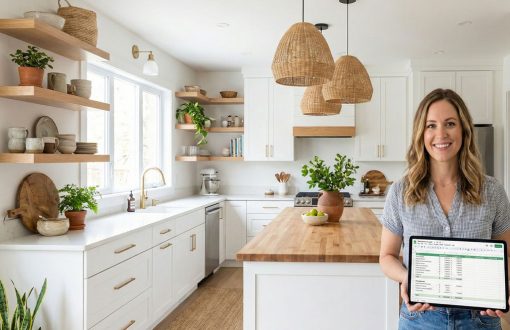2D vs 3D House Plans – Which Is Better for Your Project?
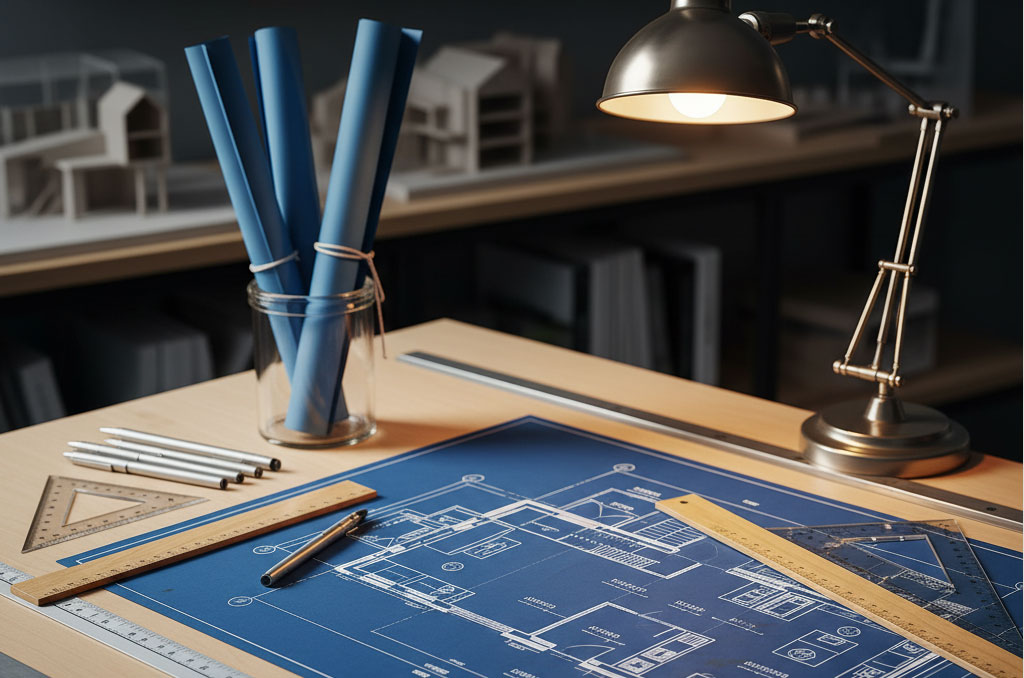
Choosing Your Blueprint: 2D vs 3D House Plans – Which Is Better for Your Project?
Starting a building or renovation project means you need a map—that map is your House Plan. Think of it as the recipe for your new home. Without a good recipe, your cake might not turn out right! We have two main types of recipes: the simple, written list (2D) and the awesome, full-color picture of the final dish (3D). If you want more insights into modern and popular plan styles, you can also check out our post on Top 10 Modern House Plans.
Before you decide, it’s important to know what each type does and who uses it. The goal is to make sure every person working on your project, from the contractor to the interior designer, understands exactly what you want. Having clear House Plans saves time, money, and headaches! Let’s dive in and look at the first one.
Understanding the Basics: What Are 2D House Plans?
Imagine you’re looking down at your house from a helicopter. That’s essentially what a 2D plan is. 2D House Plans are flat, two-dimensional drawings that show the length and width of spaces. They are the traditional blueprints that builders have used for decades, and they are still the most important documents for the actual construction process. If you’re working with a designer, our guide on What to Look for in a Floor Plan Designer can help you choose the right professional.
The Map Analogy
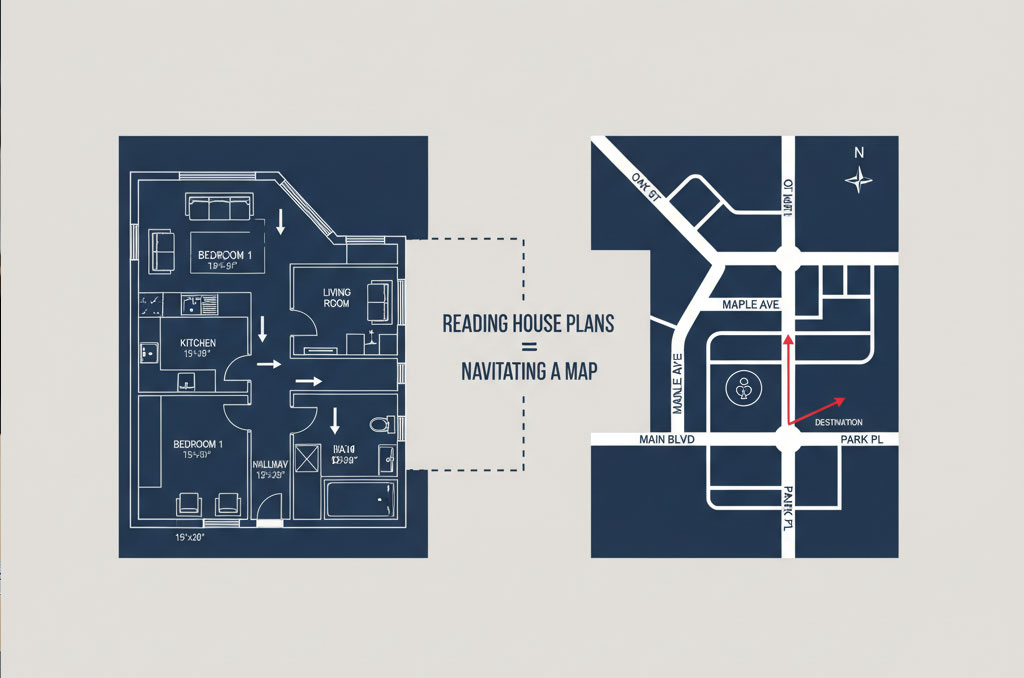 Think of a 2D plan like a detailed street map or the diagram in an IKEA instruction booklet. It shows you where walls start and end, where doors swing, and exactly how many feet or meters wide a room is. They only use lines, shapes, and symbols. They don’t show height, texture, or color. This simplicity is actually why they are so valuable to professionals—they contain only the hard facts and dimensions that are needed to start digging and building walls. They’re all business and no fluff.
Think of a 2D plan like a detailed street map or the diagram in an IKEA instruction booklet. It shows you where walls start and end, where doors swing, and exactly how many feet or meters wide a room is. They only use lines, shapes, and symbols. They don’t show height, texture, or color. This simplicity is actually why they are so valuable to professionals—they contain only the hard facts and dimensions that are needed to start digging and building walls. They’re all business and no fluff.
Key Features: The Facts and Figures
The power of 2D plans lies in their precision and the technical information they carry. These plans include specific things like electrical wiring placements, plumbing paths, and structural details (like where support beams need to go). They use special architectural symbols—a specific squiggly line for a window, a broken line for an archway—that every builder and inspector knows how to read. This is crucial because a builder can’t construct a house from a pretty picture; they need a document that is legally precise and has measurements down to the millimeter. This level of detail is necessary to ensure the house is safe and up to code.
Best Use Cases: The Official Stuff
You will absolutely need professional 2D plans for legal and building purposes. Government and city offices require these official documents when you apply for a building permit. The official plan acts as a binding contract and reference guide for the builder. Your contractor uses these drawings every single day on the job site to know where to place the concrete foundation, how high to build the ceiling, and where to cut a hole for the kitchen vent. So, while they aren’t the most exciting plans to look at, these House Plans are the foundation of your entire project.
Stepping into the Future: What Are 3D House Plans?
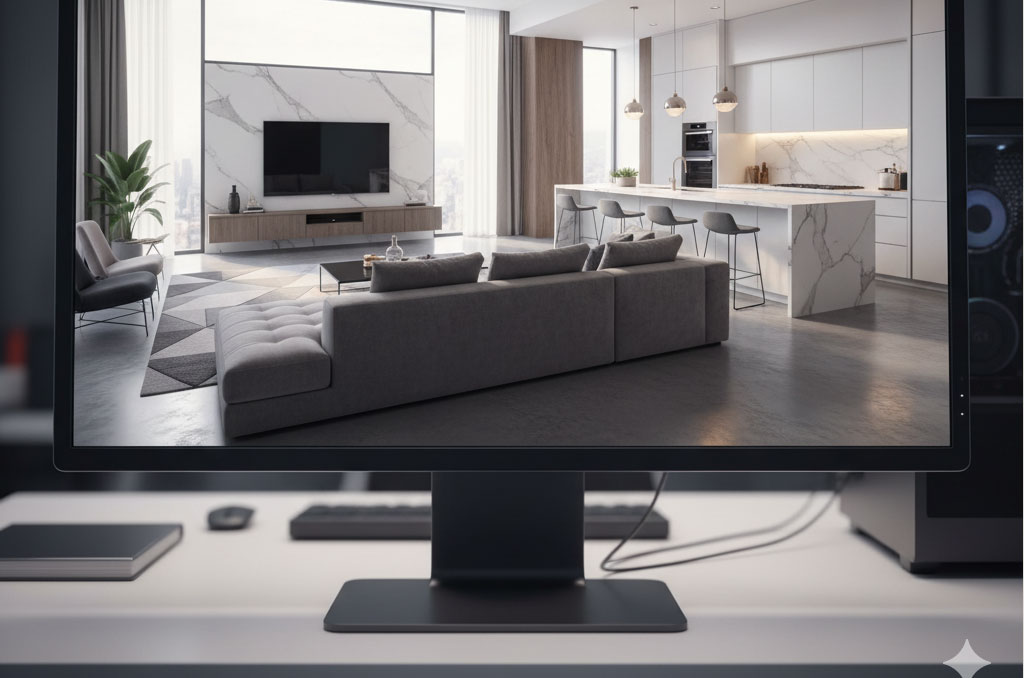 If 2D is the flat map, then 3D is the fully rendered video game version of your house! 3D House Plans show three dimensions: length, width, and height (depth). They transform those technical lines into something anyone can easily understand and walk through, often using special computer software. To learn even more, you can check out our dedicated post on What Is 3D Home Design and Why It’s a Game-Changer.
If 2D is the flat map, then 3D is the fully rendered video game version of your house! 3D House Plans show three dimensions: length, width, and height (depth). They transform those technical lines into something anyone can easily understand and walk through, often using special computer software. To learn even more, you can check out our dedicated post on What Is 3D Home Design and Why It’s a Game-Changer.
The Dollhouse Analogy
Imagine you could shrink yourself down and walk through a perfect, miniature version of your new home—a fully decorated dollhouse. That’s the experience 3D plans offer. They give you a real sense of space, light, and flow. You can see the kitchen cabinets, the color of the paint on the walls, and where the sofa will sit. This is fantastic because, for the first time, you can see exactly what the finished home will feel like before construction even begins. This removes a lot of the scary guesswork!
Key Features: Visualization and Feel
3D plans are all about making things look real. They include textures (like wood floors or stone countertops), colors, shadows, and even furniture. This allows you to check if that massive kitchen island you want will actually fit comfortably in the space, or if the living room will get enough natural light. If you realize the walls feel too close together in the 3D model, you can change the design before the first nail is hammered. This feature is a game-changer for homeowners who struggle to read complex 2D technical drawings. We also explain how 3D tools help you save money in our post How to Use 3D Home Design to Save Money on Renovations.
Best Use Cases: Homeowners and Design
For the person who will actually live in the house—that’s you!—3D plans are invaluable. They are the best tool for making design decisions, like picking finishes and arranging furniture. A 3D model is perfect for interior designers to show you exactly how the completed space will look. If you’re working with a design team, using these detailed House Plans can ensure everyone is on the same page about the aesthetics. This way, you don’t end up with a pink wall when you thought you picked a light gray!
The Comparison: 2D vs 3D House Plans – Key Differences
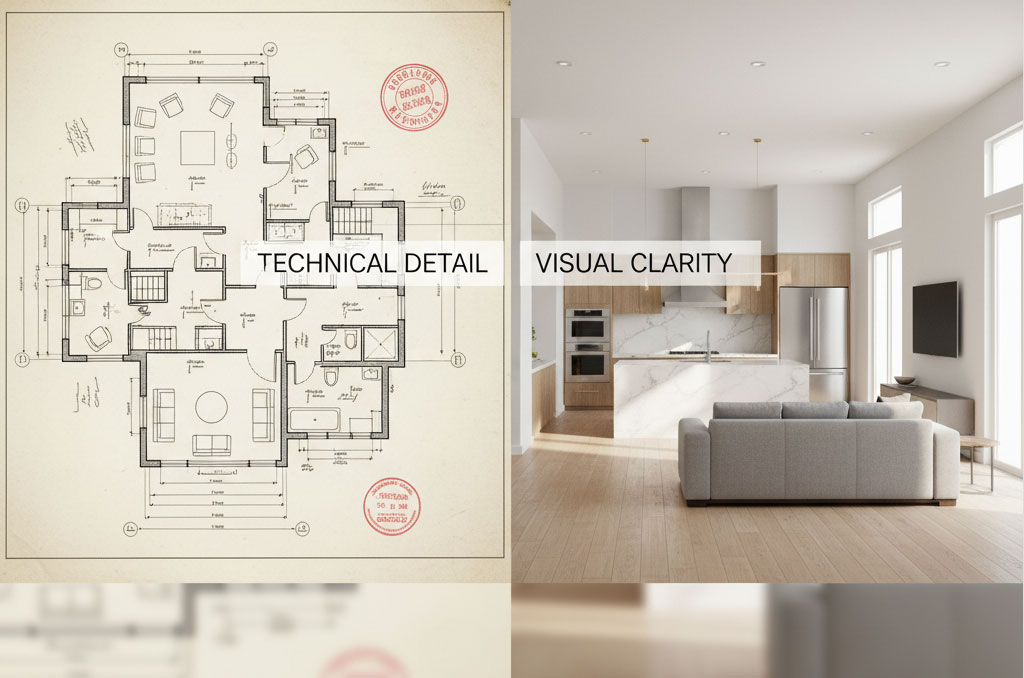 Now that you know what each type of plan does, let’s look at the main ways they differ and how that affects your project.
Now that you know what each type of plan does, let’s look at the main ways they differ and how that affects your project.
Clarity and Vision
The biggest difference is how clear they are to non-builders. A 2D plan is like a complex musical score—only a trained musician (your builder) can truly read and execute it perfectly. A 3D plan, however, is the actual song being played—everyone can immediately understand the final product.
For example, a 2D plan might show a diagonal line on the floor labeled “Vaulted Ceiling.” You might nod and say, “Okay, cool.” But a 3D rendering will actually show you the breathtaking height and slope of that ceiling, giving you an immediate, emotional sense of the space. This is why many people who skip the 3D plans often say, “I didn’t realize that room would feel so small!” once the walls are up.
Cost and Time
Generally, creating a full set of 3D renderings takes more time and, therefore, costs more than generating the standard 2D blueprints. The 2D plans are a necessary utility—they have to be done. The 3D models are an add-on for visualization.
For instance, an architect can hand-sketch a basic 2D layout pretty quickly. To turn that same layout into a realistic 3D model, a designer needs to spend hours adding textures, lighting, and furniture to create a model that looks real. This extra time and effort means you pay more, but it’s often worth it if it saves you from making an expensive mistake down the line, like realizing you hate the placement of a window after it’s been installed. You can read more about this in our article on Using 3D Home Design to Save Money on Renovations.
Technical Detail vs. Aesthetics
Think of the difference as the “How-to” versus the “Looks.” The 2D drawings are packed with technical specs (like the thickness of a wall or the precise angle of a roof beam) that are vital for construction, but they don’t tell you anything about how pretty the house will be.
3D models are almost entirely focused on aesthetics and the overall feel. They show you the beauty of the design—the stylish backsplash, the cozy fireplace, the way the sun hits the patio. They might leave out some of the technical numbers that the builder needs, but they are unmatched when it comes to capturing the spirit and style of the house. You can even experiment with different colors and finishes quickly on a 3D model, which is much cheaper than painting a whole room twice!
The Verdict: Which Type of House Plan Should You Choose?
 So, do you have to pick one over the other? Not really!
So, do you have to pick one over the other? Not really!
When to Use 2D (The Official Stuff)
You need 2D plans for any situation that requires a technical or legal document. Every contractor, plumber, electrician, and building inspector relies solely on the 2D drawings. They are your non-negotiable, must-have documents. If your project is just a small, straightforward renovation (like updating a bathroom) and you already know exactly what you want, sometimes the 2D plans are enough to get the job done quickly and cheaply.
When to Use 3D (The Fun Planning Stuff)
You should use 3D plans anytime you need to see or feel the space before you commit to the design. If you are building a new house from scratch, or planning a big addition where the layout is changing dramatically, 3D is a great investment. It’s perfect for settling design arguments (like “Is that kitchen too narrow?”) or deciding between two different exterior styles (like brick versus stucco). It helps everyone involved—especially the homeowner—feel totally confident in the final design. To explore more design inspirations, browse our HousePlanNG blog or the BuildingPlanNG design categories.
The Ideal Solution: Using Both!
 The best projects use both types of House Plans. The ideal workflow starts with 3D renderings to nail down the design and aesthetics (making sure you love the look and feel). Once you are 100% happy with the 3D version, the detailed and legally required 2D blueprints are generated from that final design. This way, you get the clarity and excitement of the 3D model combined with the technical accuracy of the 2D plan. It’s the smart and effective way to build.
The best projects use both types of House Plans. The ideal workflow starts with 3D renderings to nail down the design and aesthetics (making sure you love the look and feel). Once you are 100% happy with the 3D version, the detailed and legally required 2D blueprints are generated from that final design. This way, you get the clarity and excitement of the 3D model combined with the technical accuracy of the 2D plan. It’s the smart and effective way to build.
I hope this helps clear up the mystery of 2D versus 3D House Plans! At the end of the day, investing in clear, high-quality plans is the most important step you can take. It’s the best way to protect your budget and ensure your finished home is exactly what you dreamed of.



